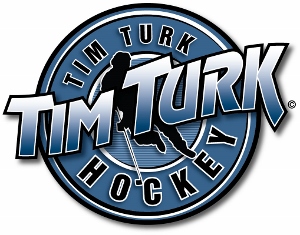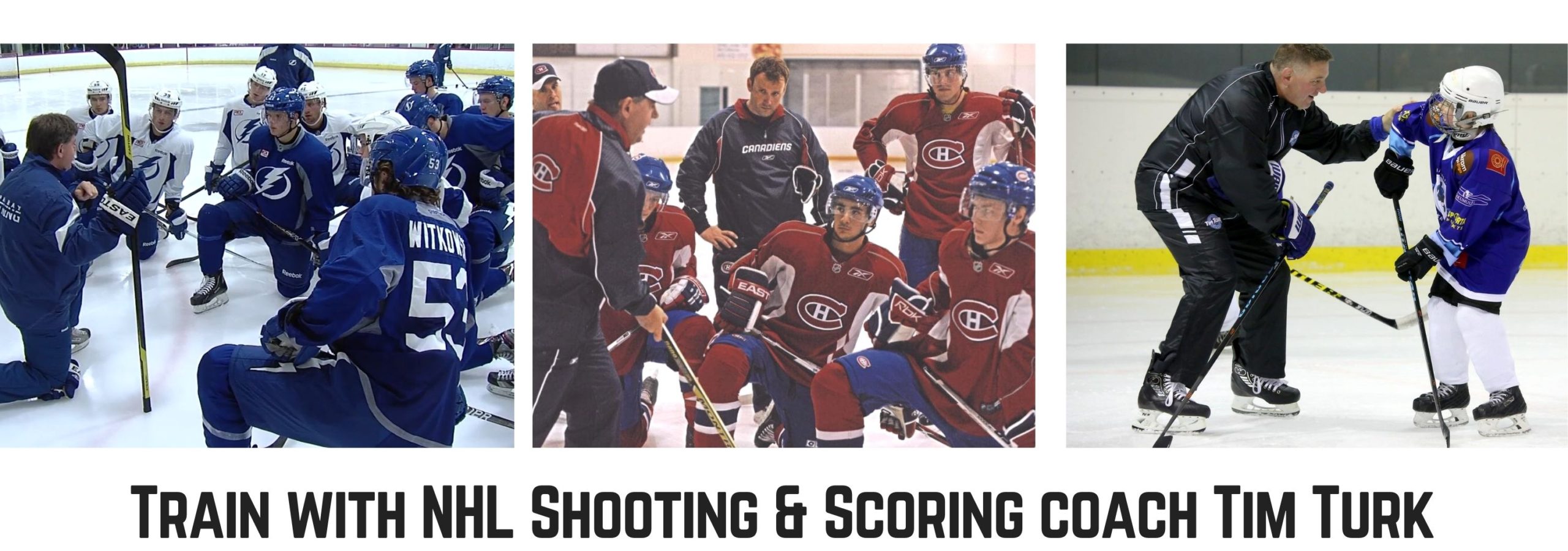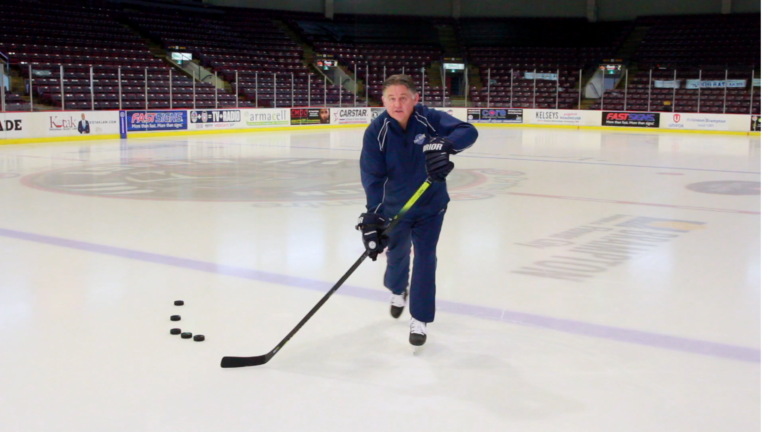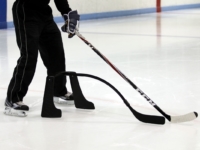In my opinion, a players’ hockey stick should be viewed as an extension of their body. Players, especially at the professional level, can be very ‘picky’ as they should be since everyone has specific personal preferences. It is after all, at the NHL level, a big part of their livelihood. Hockey players are notorious for superstitions and loyalties when it comes to selecting a hockey stick with many players choosing to only use a specific model.
Choosing the right hockey stick can be challenging and a big endeavor, but an important one. You can’t just head to a store, point to a random stick, and expect to be ready to go. Some ‘higher end’ hockey stores will even allow you to test drive sticks with “try before you buy”.
Let’s take a look at some of the things to consider when choosing a hockey stick that’s right for you.
Material
Wood hockey sticks – these are often considered as the old school sticks made entirely of wood. Wood is pretty much unused these days at the NHL level due to the evolution of technology. For players on a budget, like the recreational or beer leaguers, wood sticks are still sought after because they like the feel, they are less expensive and can last a long time if you treat them right.
Composite Sticks – Composite hockey sticks are made from a blend of fiberglass, carbon fiber titanium and Kevlar. Although more expensive, they are light, durable, and strong, making them the most popular for professional and amateur players worldwide. One problem with composite sticks is they fatigue and can deteriorate rapidly with excessive usage, meaning that players, teams and organizations have to purchase them more often.
Popular Brands
For the most part, there are only a handful of brands that you will see professional players using, although some players may prefer smaller name brands. Here are some of the most common hockey stick brands among NHL players.
CCM – If you watch any NHL game, there’s a good chance that the majority of players on the ice will be sporting a CCM hockey stick. CCM provides the highest percentage of professional players with their sticks – around 36% of the league. Their most popular models are the Ribcor Trigger 3D, the Super Tacks 2.0, and the Ribcor Trigger 2 PMT.
Bauer – One of the most recognizable names in the hockey market, Bauer has been around since 1927. Bauer accounts for about 30% of sticks in the NHL, putting it in second place to CCM. The most popular Bauer stick is the Nexus 2N pro.
Warrior – There’s a big drop-off here with Warrior making up 18% of NHL sticks, but that isn’t to say it’s any worse than the previous brands. Players love the Alpha QX QRE models and are very loyal to them.
Easton and True make up the rest – Easton makes up about 6% of sticks, with most of that coming from the popular Stealth CX. True’s top model is the AC9 ACF
My Rule of Thumb on Choosing your Hockey Stick
Choosing a hockey stick is an important process for any player, as they are likely to want to stick with one that they will play with for a long time. There are several factors involved in stick choice.
Length/Height – Players need to choose the correct length/height that suits their current playing style, keeping in mind the shot release being the most critical attribute. When the stick is held in front of the player while wearing skates, with the blade touching the ground, the top of the stick should be cut to anywhere from the bottom lip to the bridge of the nose. Keep in mind, a player who is under the age of 18 can go through different rates of growth spurts. Their stick should grow with them. (A common mistake some players and parents unknowingly make.)
Stick Flex – This is a measurement of how stiff a stick is when you put weight or force on it. It is measured by how much weight is required to flex the stick one inch. (50 pounds of pressure to flex a 50 flex stick one inch, 100 pounds of pressure of flex a 50 flex stick two inches etc.)
This flex rating usually comes down to personal preference, with some players opting for a highly flexible stick and others preferring something more rigid. Much of this decision depends on your playing style and technique, while keeping in mind that the flex can and will affect shot power and accuracy.
If you cannot flex it up to 3 inches when shooting any type of shot, then in my opinion your stick is too stiff. (Consult your shooting/skills coach for suggestions)
Blade Curve – Players are also particular about the type and amount of curve on their blade. There are Toe curves (where most of the curve is at the end of the blade), mid curves ( where the curve is most prominent in the middle), and heel curves (where the curve appears near the back of the blade).
The depth and loft of the curve has a direct effect on the pucks spin, your shot speed and accuracy.
Lie – The angle of the blade versus the shaft, being the most overlooked and very important components. There are many options ranging from 4-8, with 4, 5 and 6 being the most popular available at the retail level. A 4 lie typically has a 137 degree angle between the blade and the shaft. Each lie number has an average of about 2 degrees fluctuation (5 lie = 135 degrees and a 6 = 133 degrees etc). Having the correct lie enables players to keep their head up, supports body position, optimizes loaded puck positions for shooting, giving and receiving passes, increases puck handling and control and allows for movement versatility also maximizing a player’s efficiency.
All too often I see players trying to force the puck to spin tighter when shooting and trying to keep it flat on the ice when controlling. If this is happening, it could be an issue with the stick’s height, curve, flex or lie. When shooting or passing with maximum power output or controlled soft touch, when the puck is elevating through the air towards the intended target, it should naturally have tight spin and should fly flat through the air, naturally as well. When this happens, (in my opinion), a player performs better with a higher level of confidence.
– Article by Tim Turk NHL Shooting Coach






